Description
Organic Cress Curled
Organic Cress Curled. A very easy to cultivate variety, also commonly known as Garden Cress or Peppergrass. Ruffled leaves have a peppery and refreshing flavour. Commonly utilised in salad or sandwiches as baby greens. Highly nutritious and extremely easy, a firm favourite with children.
Cultivation Advice
- Choose certified organic curled cress seeds. Look for seeds specifically labeled for sprouting or microgreen production.
- Use a shallow tray or container with drainage holes. Fill it with a high-quality organic potting mix or a specialized microgreen growing medium.
- Scatter the curled cress seeds evenly and densely across the surface of the pre-moistened growing medium. Aim for uniform coverage without overcrowding.
- Lightly press the seeds into the soil to ensure good seed-to-soil contact. You can cover them with a thin layer of growing medium or use a fine mist to settle them into the soil.
- Mist the seeds gently using a spray bottle or a fine mist setting on a watering can. Keep the soil consistently moist but avoid overwatering to prevent mold or rot.
- Place the tray in a well-lit area with indirect sunlight or under grow lights. Curled cress thrives in cooler temperatures between 60°F to 70°F (15°C to 21°C).
- Cover the tray with another tray or a plastic lid to create a mini greenhouse effect. This helps retain moisture and aids in germination.
- Curled cress seeds typically germinate within a few days. Once they sprout, remove the cover and place them under direct light, ensuring good air circulation.
- Water the microgreens from the bottom by placing the tray in a shallow container filled with water. This encourages healthy root development without disturbing the delicate leaves.
- Curled cress microgreens are usually ready for harvest in about 7-14 days. Harvest when they reach a height of 2-3 inches by using clean scissors to cut them just above the soil level.
- Incorporate fresh curled cress microgreens into salads, sandwiches, garnishes, or as a flavorful addition to various dishes. They offer a peppery and tangy flavor.
- Some microgreens, including curled cress, may regrow after the initial harvest. Leave a portion of the plants to observe if they produce additional leaves for a second cutting.
- After harvesting, clean the tray thoroughly with soap and water before reusing it. This helps prevent disease and maintains a healthy environment for future crops.
- Consider soaking the curled cress seeds for a few hours (4-6 hours) before sowing. This can help speed up germination and ensure uniform sprouting.
- If the curled cress seedlings appear overcrowded after germination, consider thinning them out gently. This allows adequate space for healthy growth and reduces competition among the plants.
- Ensure proper air circulation around the growing cress. Use a small fan on low speed to create gentle airflow, reducing the risk of mold or damping off.
- For added nutrients, consider using a diluted organic liquid fertilizer suitable for microgreens once the seedlings have developed true leaves. Follow the manufacturer’s instructions for application.
- When harvesting curled cress microgreens, aim to cut just above the soil level. Use clean, sharp scissors to make precise cuts, allowing for regrowth if desired.
- Curled cress microgreens are best consumed fresh. If storing them, place them in a sealed container lined with a paper towel to absorb excess moisture and store in the refrigerator for a few days.
- Plan successive plantings of curled cress seeds every few weeks to ensure a continuous supply of fresh microgreens. Staggering plantings can provide a constant harvest over time.
- Monitor the growth progress regularly. Adjust watering frequency and light exposure based on the appearance and health of the curled cress to optimize their growth.
- Try adjusting the distance between the grow lights and the curled cress microgreens to find the optimal light intensity for robust growth without causing stress.
- Check for any signs of pests or diseases. If needed, consider organic pest control methods suitable for indoor cultivation to maintain healthy plants.
- Experiment with curled cress microgreens in various dishes, and enjoy the process of growing your own fresh, flavorful greens to elevate your culinary creations.

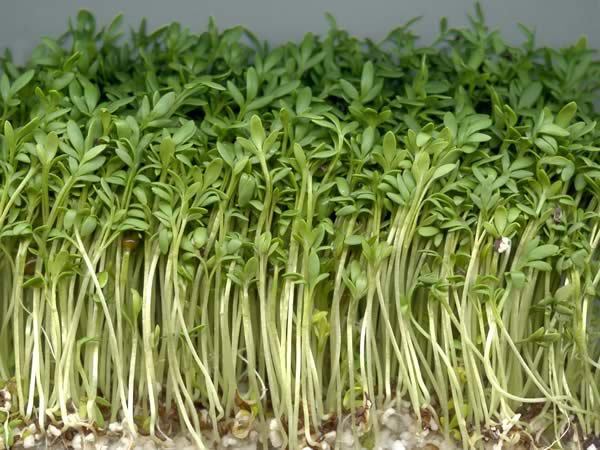
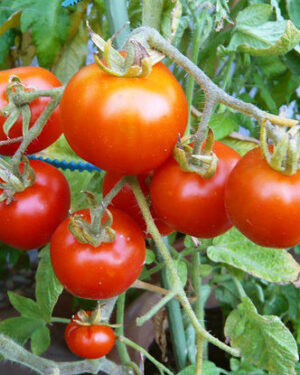
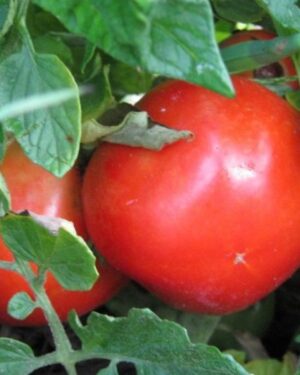
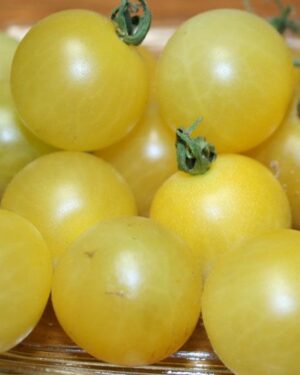
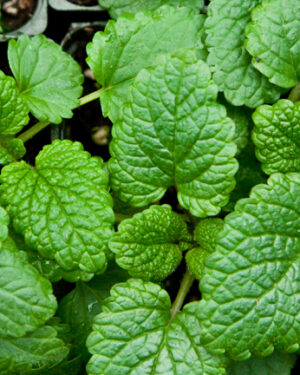
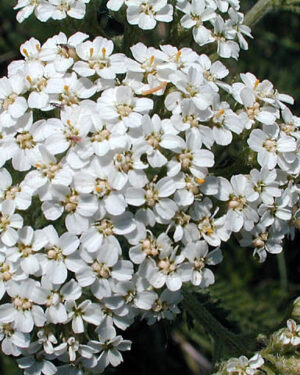


Reviews
There are no reviews yet.